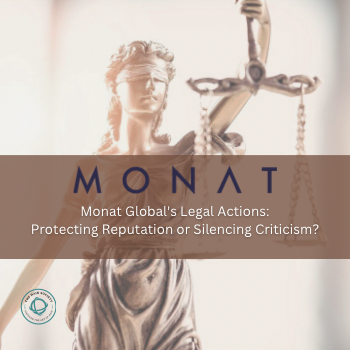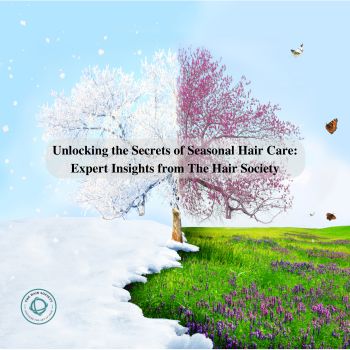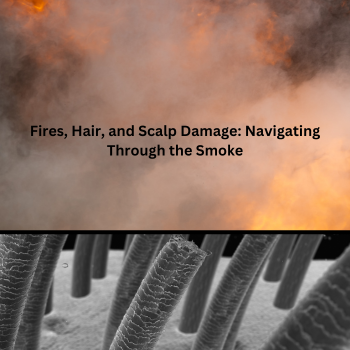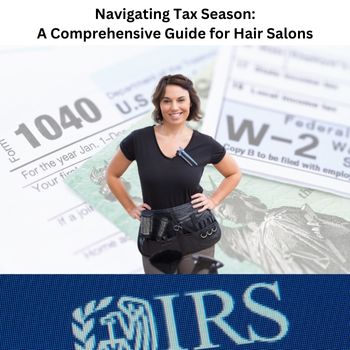By: Shea Lenniger, Contributing Writer for The Hair Society
Not all hair looks, feels, and acts the same way. All ethnicities have different types of hair textures and structures that determine how fast it can grow and how susceptible it is to damage. African American hair has 5 different curl classifications, from a looser curl to a tight coil, making the growth rate very slow. The hair can quickly become dry and coarse because the spiral structure prevents protective oils from traveling down the hair shaft and fully lubricating the hair fibers. The fragile, dry hairs are then extremely prone to breakage. Without the desired smooth and silky appearance, many people often try to achieve that look through the use of wigs or weaves.
Christal Mercier has been helping her clients achieve these popular braided hairstyles and weaves without damaging their hair. She has been working in the hair industry performing non-surgical hair replacement for over 30 years and now runs her own business called “Hair by Christal” in Missouri City, Texas. Every day, she sees all types of poorly done weaves, tight braids, and destructive hairstyles that contribute to hair loss and a variety of other hair problems. Many of these problems are due to cheap or incorrectly done weaves, braids, or wigs. She jokes that, “Everyone wants Beyonce hair,” but she advises that people should pay a little more for higher quality service, rather than getting some weave glued to the scalp. If you want good hair, you have to be willing to invest in it.
What Styling Methods are Most Damaging to Ethnic Hair?
Chemically straightening hair or using heat to straighten curly hair will severely damage the hair cuticle. Other hairstyles that don’t require heat, like braiding, dread-locking, or using wigs and weaves can be a more sustainable option, if not done too tightly or incorrectly. Unfortunately, the most common hairstyles among African Americans can be incredibly damaging to hair if proper care is not taken. Braids, weaves, cornrows, and dreadlocks constantly pull on the hair follicles, causing traction alopecia and eventually irreversible hair loss. These types of hairstyles don’t need to be avoided completely, but there are certain ways to make sure hair looks and feels great without damaging it in the long run.
Many African Americans start getting their hair braided at a very young age, which leads to years of tight hairstyles pulling on the follicles. By the time they’re young adults, they could already be balding. Mercier shared a story about a young woman coming into her salon and bringing in her daughter. Immediately upon seeing the young girl, she could tell by the child’s receding hairline that her braids were way too tight. The girl was only about 5 or 6 years old and already had patchy spots on her scalp along with a hairline that started at almost the middle of her head. Once Mercier removed the tight crochet braids and tried a different hairstyle, she said the girl was “grinning from ear to ear.” (photo below)

Braids should never be done too tightly. She urges that customers speak up if their hairdresser is making the braids too tight. “Hair shouldn’t have to hurt,” she says.
How to Do Braids the Right Way
Besides being uncomfortable, how else can you tell that braids are too tight? Mercier says there are multiple ways to tell. If you can see little bumps or white tips on the scalp, it means the hair follicle is being pulled too tightly. Those who wear tight braids for long periods of time can even experience sores or dents and even receding hairlines. With proper care and caution, braids can be done without causing these issues, as Mercier has had some clients that have been getting braids from her for over 15 years and still have healthy hair. She also mentioned that people should be willing to pay more for better quality to guarantee that their hair stays healthy and strong throughout years of getting braided.
Make sure the braids are looser, especially around the hairline to prevent traction alopecia from occurring. Additionally, it’s best to wear a braided style only up to about 2 or 3 months. After that, switch up the hairstyle or take a break to give your hair time to recover. Taking some time off from braids or weaves and using moisturizers can help restore any damage to your hair.
Common Issues With Weaves and Wigs
Mercier also sees some disturbing issues with weaves and wigs on some of her clients that come in. “You don’t put adhesive over a perfectly good hairline,” she says, “or you’ll rip your hair out.” Cheap wigs and weaves are some of the most common issues that she sees and often times she even has customers coming in asking her to use bonding glue on their lace weaves, which Mercier refuses to do. Some clients come in for a “weave retightening”, which simply doesn’t exist. Trying to sew part of a weave back in tighter will ony cause more issues later on. You have to take the braids and weave completely out to redo the hairstyle while making sure to moisturize the hair as well.
Ensuring ethnic hair stays healthy comes down to a few basic things. First, clients should make sure to invest in quality hair styling, because you get what you pay for. Getting a cheap job done by gluing in a weave, or worse, watching a YouTube video about how to do it yourself, will only cause major problems in the long run. Additionally, braids should never be done too tightly to the point where a customer complains about their head hurting. Extremely tight braids pulling on the hair follicles for months or even years can cause irreversible damage and traction alopecia. It’s important to take a break every so often to allow hair to rejuvenate and revitalize with moisturizers and proper hair treatments.
Those with ethnic hair shouldn’t feel limited by their styling options, but proper precaution should be used so their hairstyles will not be damaging to their natural hair over time. Be aware of the signs of improper braiding, such as traction alopecia or bumps and dents along the scalp. If caught early on, necessary changes can be made before damage and balding becomes irreversible.




